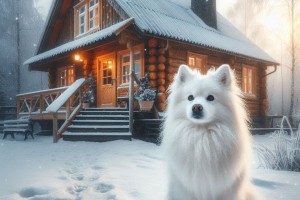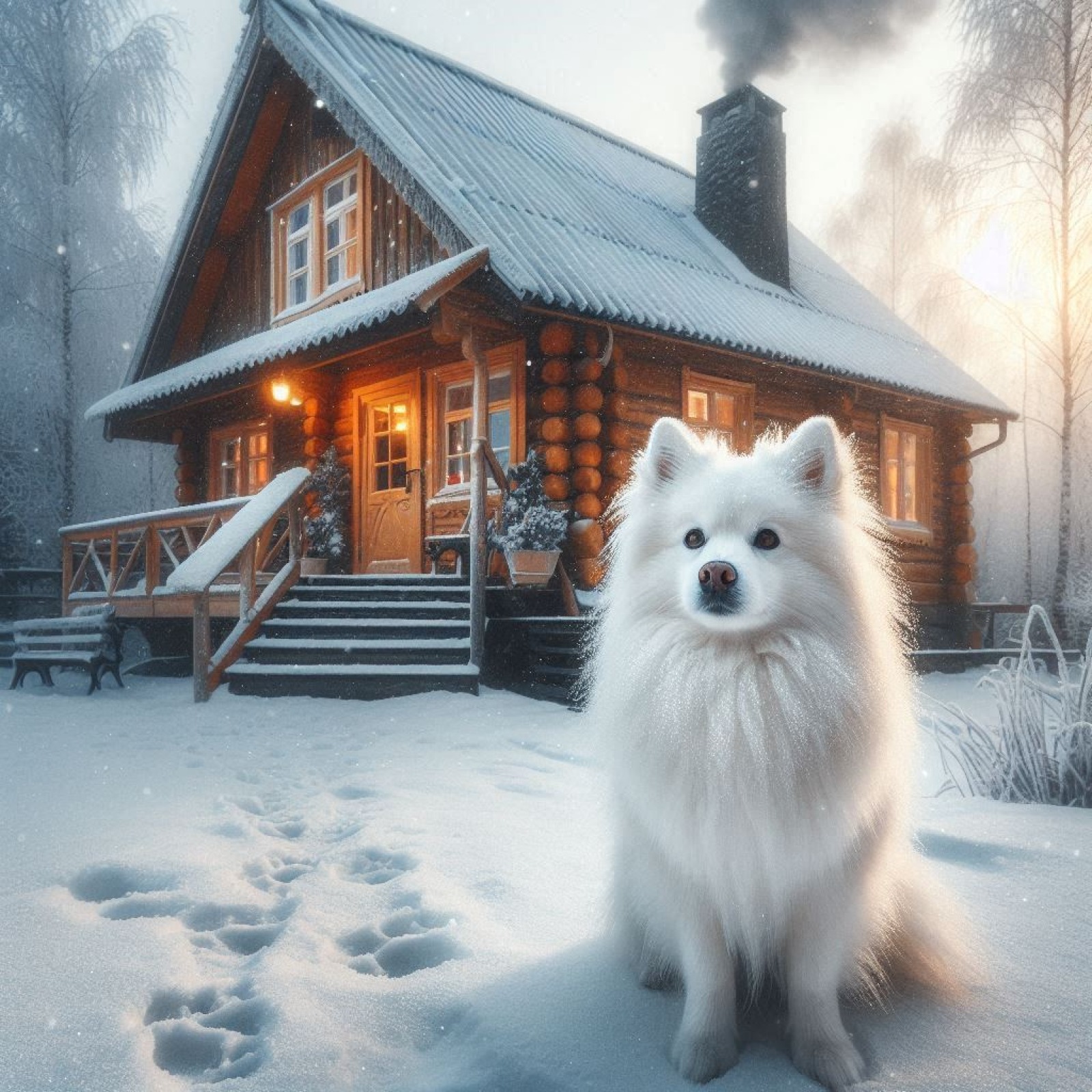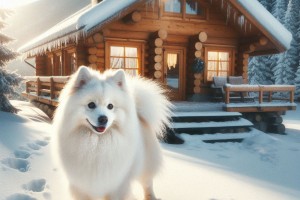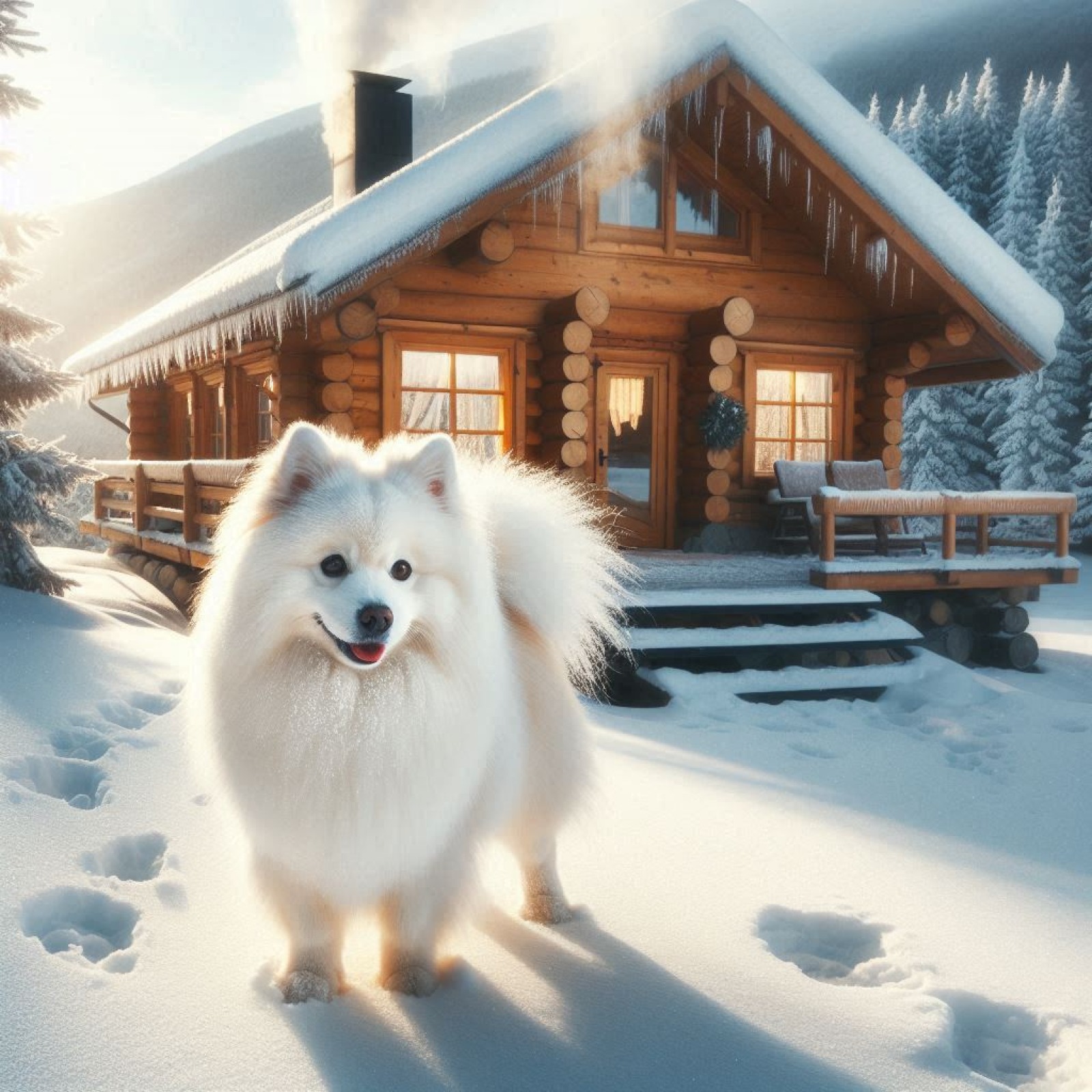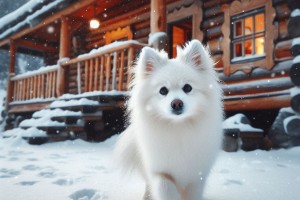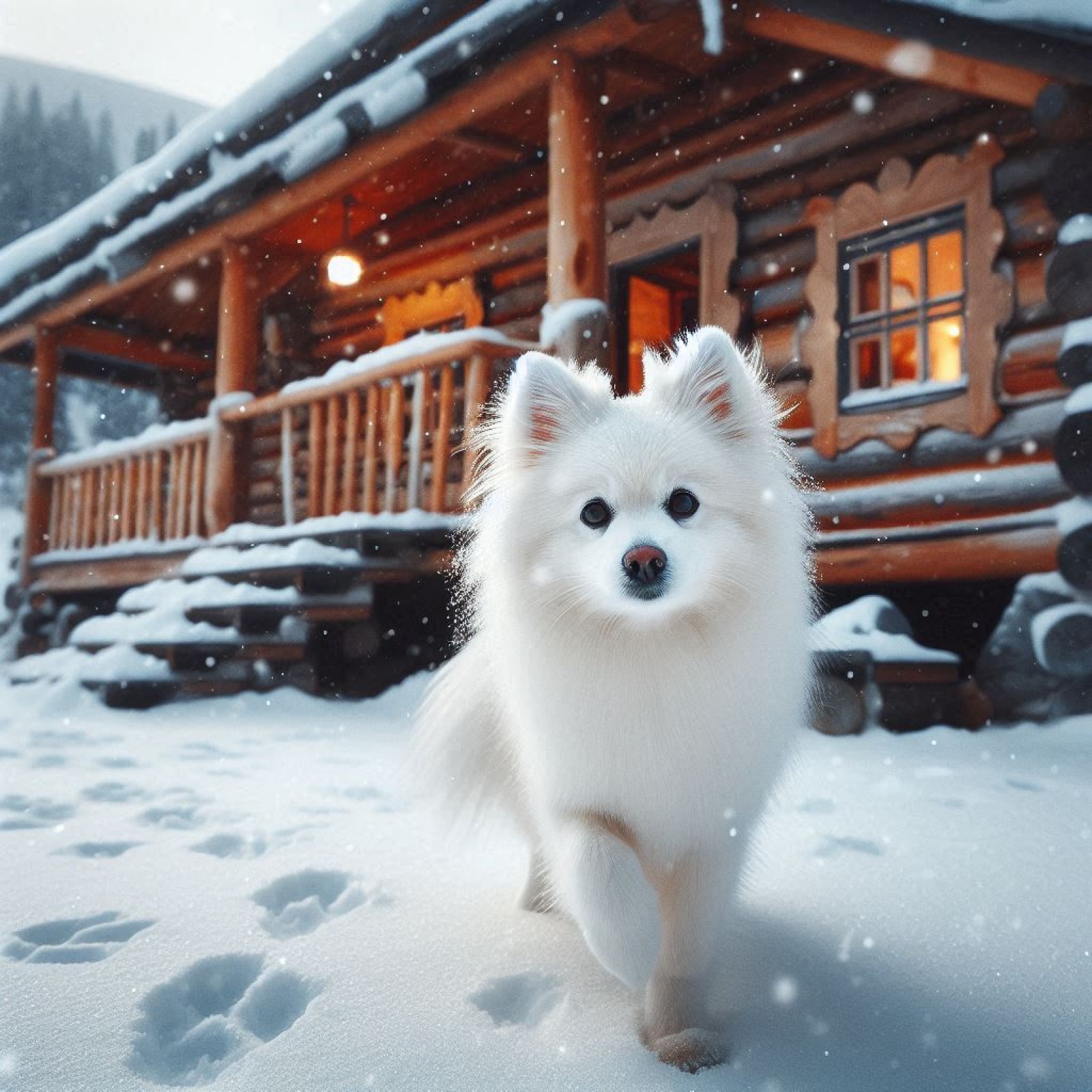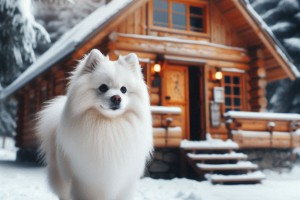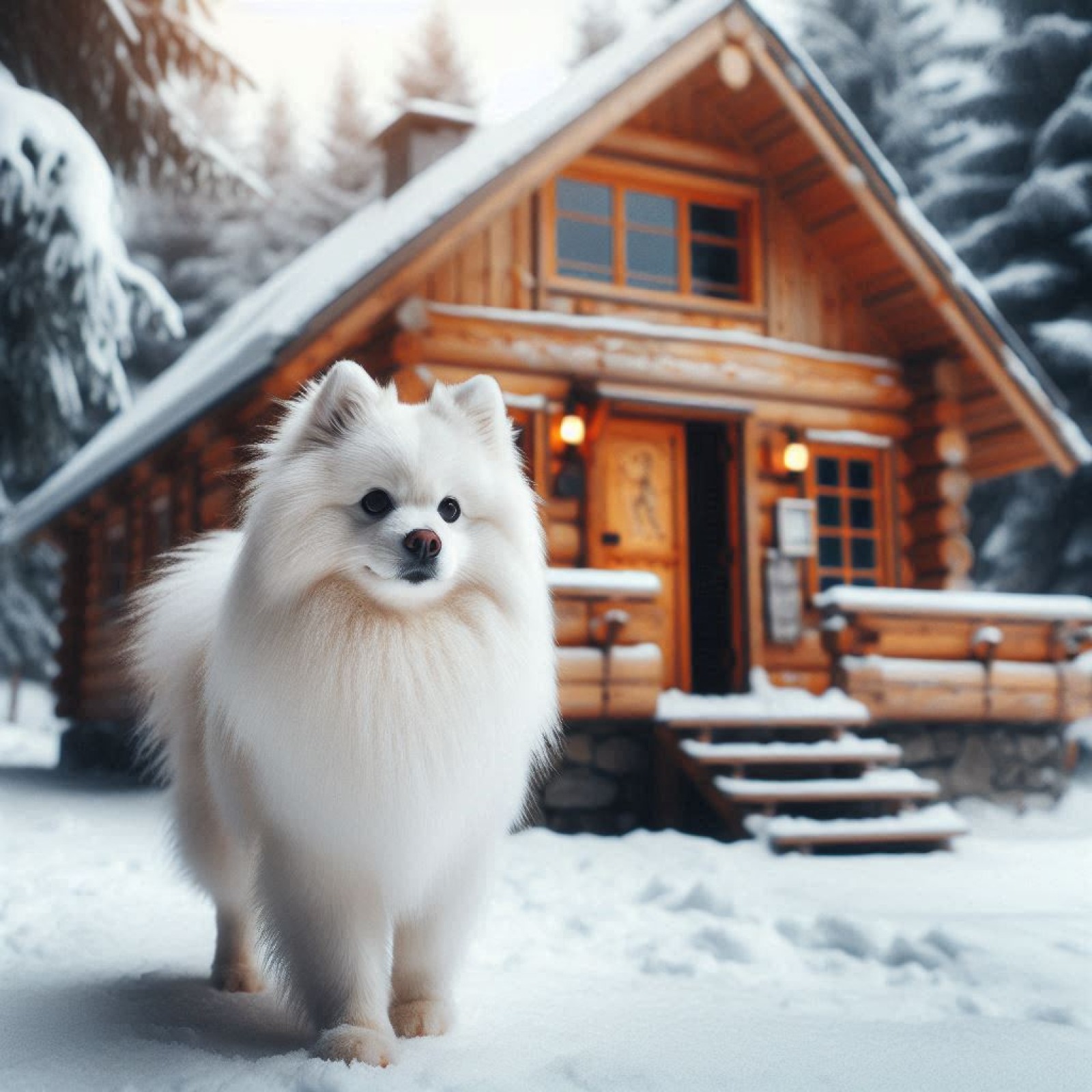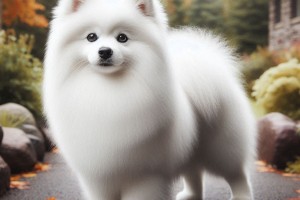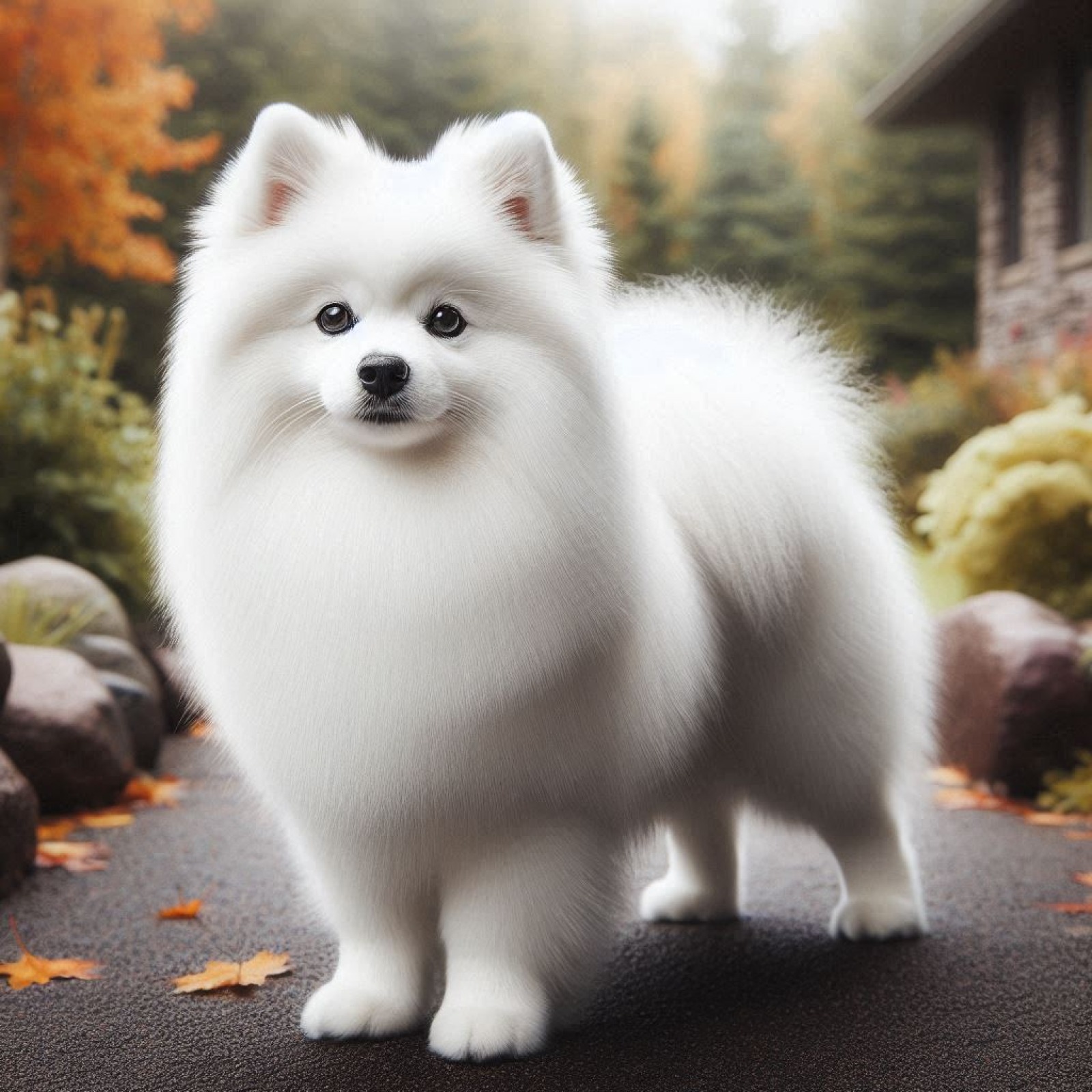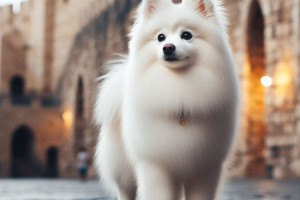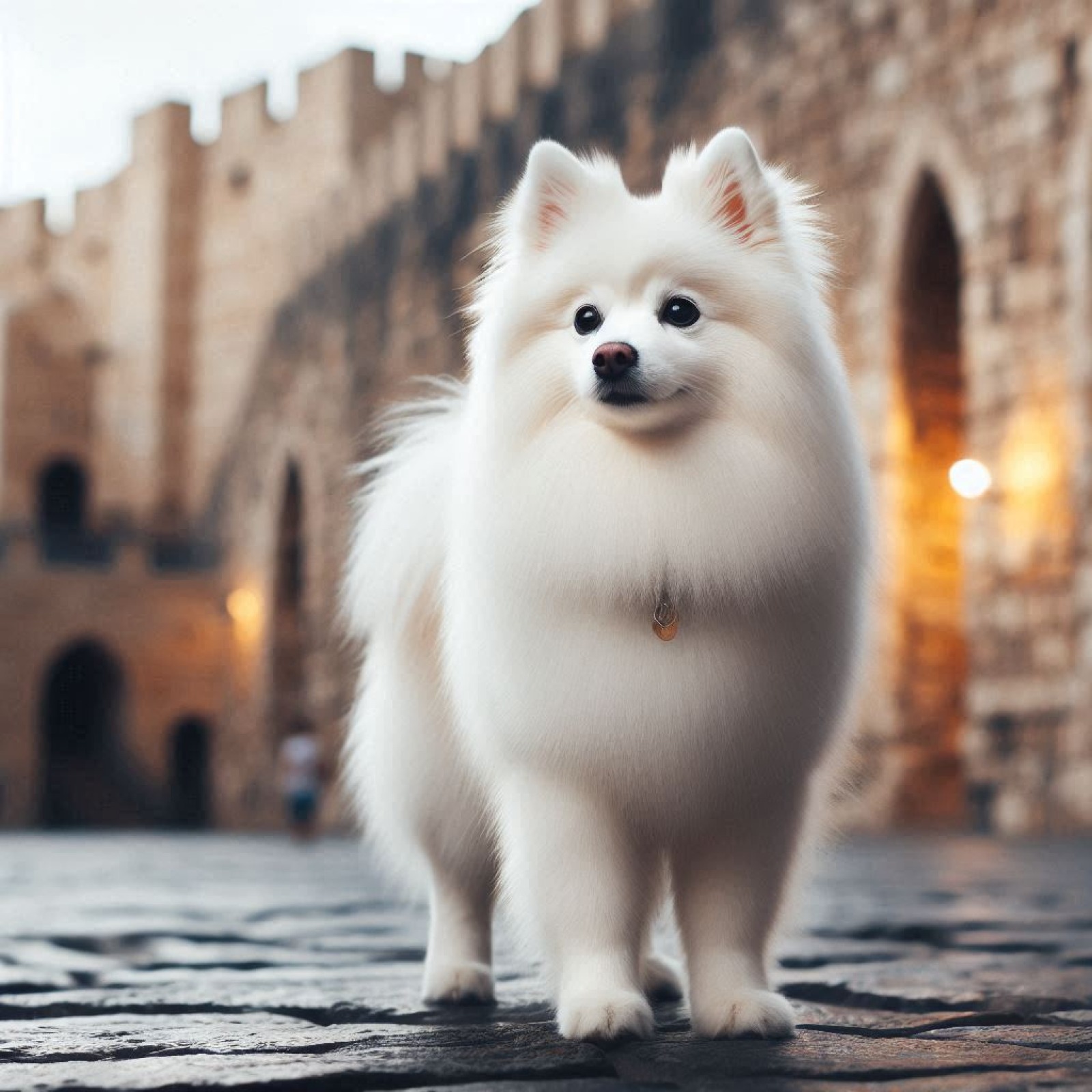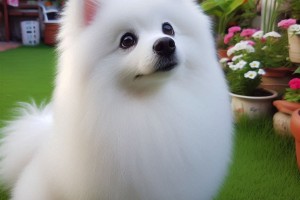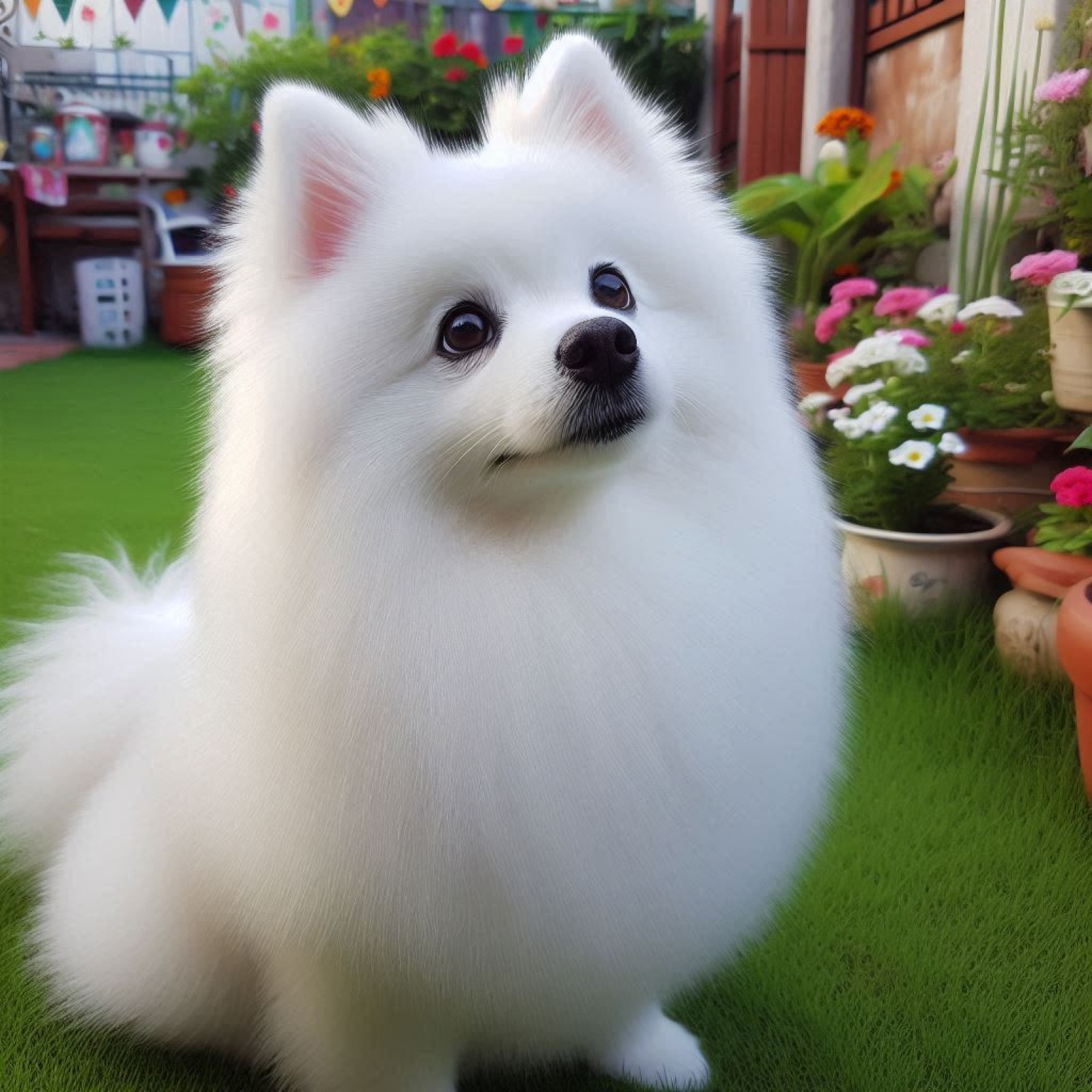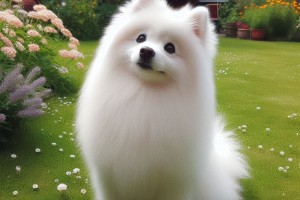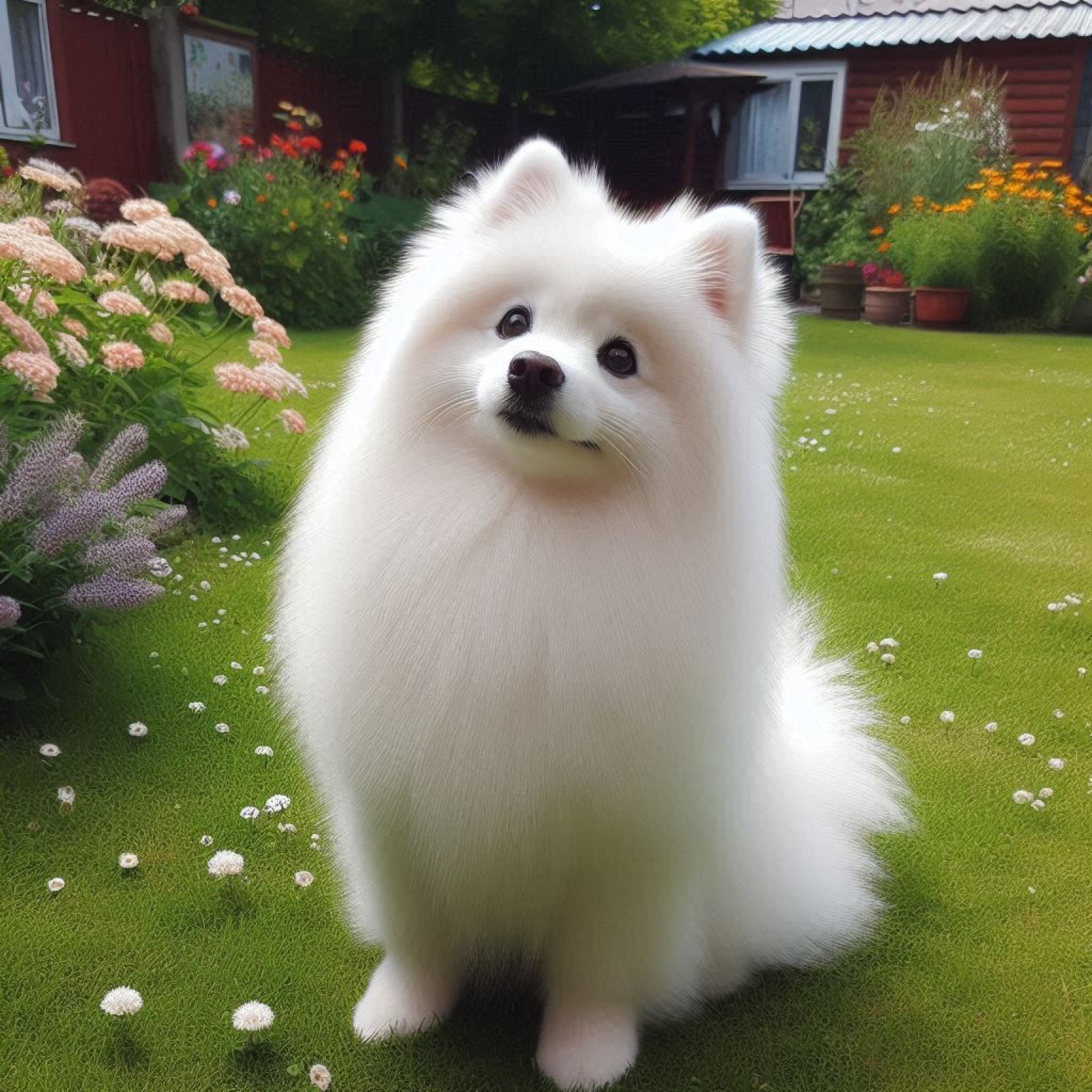American Eskimo Dog
American Eskimo Dog
Origin and History:
The American Eskimo Dog, often affectionately called the "Eskie," is a breed with a rich history rooted in the United States. Despite its name, the breed has no connection to Eskimos. It originated from the German Spitz, brought to America by German immigrants in the 19th century. The breed was renamed during World War I due to anti-German sentiment. The American Eskimo Dog was popular in circuses for its intelligence and agility, performing tricks and entertaining audiences.
Appearance:
The American Eskimo Dog is a strikingly beautiful breed, known for its fluffy, white coat and expressive face. They come in three sizes: Toy, Miniature, and Standard. The Toy variety stands 9 to 12 inches tall and weighs 6 to 10 pounds, the Miniature is 12 to 15 inches tall and weighs 10 to 20 pounds, and the Standard is 15 to 19 inches tall and weighs 25 to 35 pounds. They have a dense double coat, with a thick undercoat and a longer outer coat that forms a lion-like ruff around the neck. Their eyes, nose, and lips are typically black, providing a striking contrast to their white fur.
Temperament:
American Eskimo Dogs are known for their intelligence, alertness, and friendly nature. They are highly trainable and eager to please, making them excellent companions for families and individuals alike. Eskies are social animals and thrive on human interaction. They can be reserved with strangers but are generally not aggressive. Their playful and energetic nature makes them great with children and other pets, though they can be a bit vocal and may bark to alert their owners of any unusual activity.
Health:
The American Eskimo Dog is generally a healthy breed, but like all breeds, they can be prone to certain health issues. Common concerns include hip dysplasia, progressive retinal atrophy (PRA), and allergies. Regular veterinary check-ups, a balanced diet, and proper exercise can help maintain their health and well-being.
Exercise and Training:
This breed requires regular exercise to stay healthy and happy. Daily walks, playtime, and mental stimulation are essential to prevent boredom and destructive behaviors. American Eskimo Dogs excel in obedience training, agility, and other dog sports due to their intelligence and eagerness to learn. Positive reinforcement techniques work best to motivate them and build a strong bond with their owners.
Grooming:
The Eskie's dense double coat requires regular grooming to keep it in good condition. Brushing several times a week helps prevent mats and tangles and reduces shedding. During shedding seasons, more frequent grooming may be necessary. Bathing should be done as needed, depending on the dog's activity level and environment.
Living Conditions:
American Eskimo Dogs are adaptable and can live in various environments, from apartments to houses with yards. However, they do best in homes where they can be part of the family and receive plenty of attention and exercise. They are well-suited to colder climates due to their thick coats but can adapt to warmer climates with proper care.
Lifespan:
The average lifespan of an American Eskimo Dog is around 13 to 15 years.
Conclusion:
The American Eskimo Dog is a charming and intelligent breed that makes a wonderful companion for active families and individuals. With their striking appearance, friendly nature, and high trainability, Eskies are sure to bring joy and companionship to any home.
: American Kennel Club
: The Spruce Pets
: WebMD
-
The American Eskimo Dog is a breed of companion dog, originating in Germany. The American Eskimo Dog is a member of the Spitz family. The breed's progenitors were German Spitz, but due to anti-German sentiment during the First World War, it was renamed "American Eskimo Dog." Although modern American Eskimo Dogs have been exported as German Spitz Gross (or Mittel, depending on the dog's height), the breeds have diverged and the standards are significantly different.

